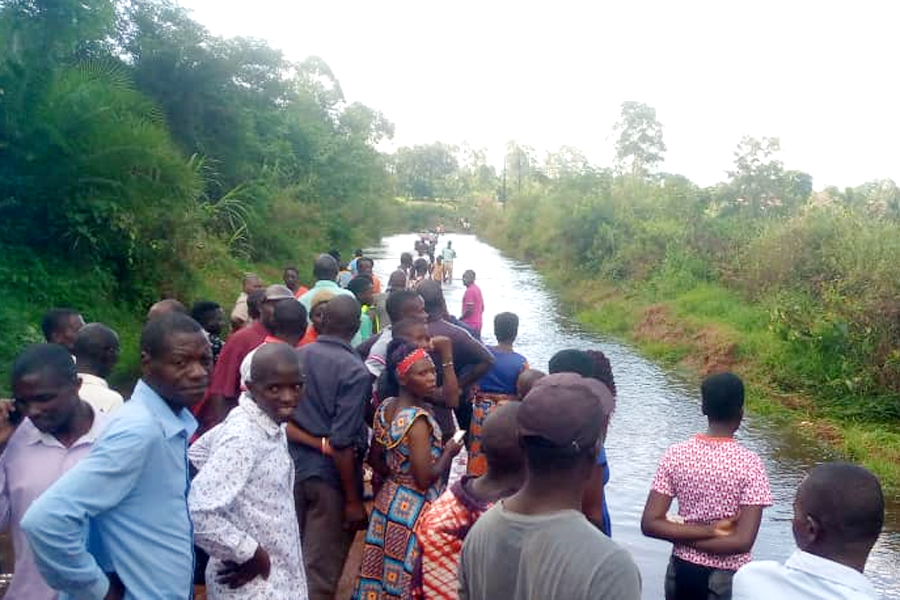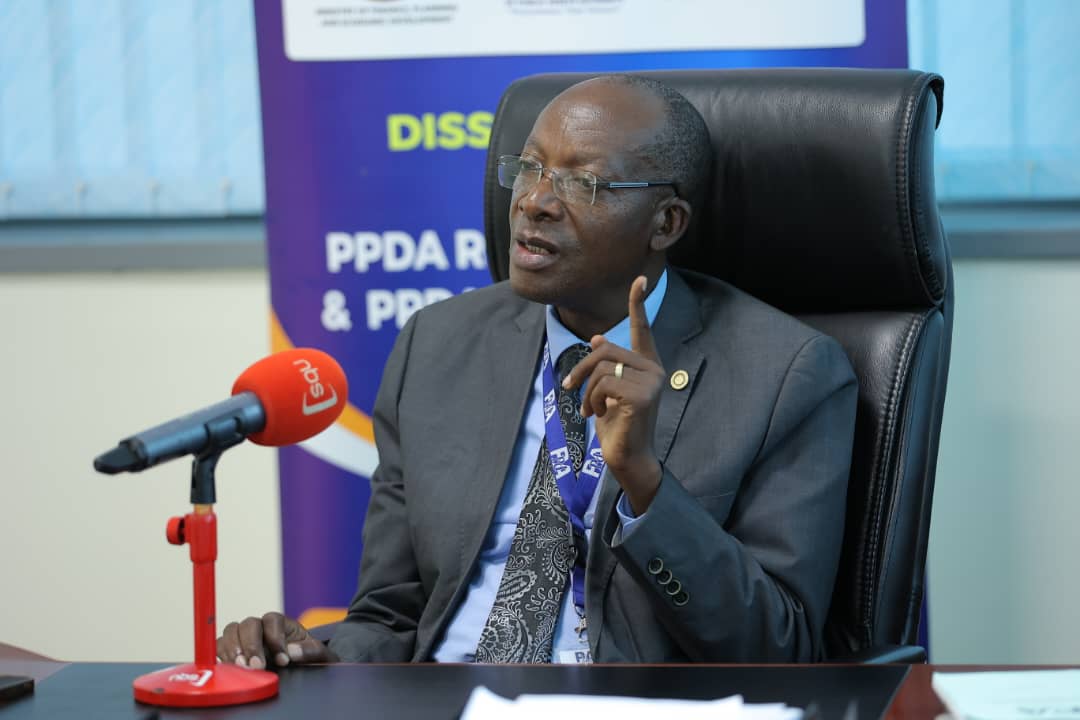Parliament joins global initiative for road safety
The Parliamentary Forum For Road Safety (PAFROS) with support from the World Bank’s Global Road Safety Facility and in partnership with the Ministry of Work and Transport and Safe Way Right Way over the weekend launched the implementation of the road safety legislative action plan.
The partnership is as an effort to address legislative issues regarding the institutionalised management of road safety, safer roads and mobility, safer vehicles and road users, and post-crash response.
Keep Reading
In Uganda, fatal crashes rose from 500 in 1991 to 3,503 in 2016, representing a seven-fold increment over period of 25 years. A new World Bank study finds that reducing road traffic deaths and injuries could result in substantial long-term income gains for low- and middle-income countries.
Using detailed data on deaths and economic indicators from 135 countries, the study estimates that, on average, a 10% reduction in road traffic deaths raises per capita real GDP by 3.6% over a 24-year horizon. The study finds that countries that do not invest in road safety could miss out on anywhere between 7 and 22% in potential per capita GDP growth over a 24-year period.
This justification requires policymakers to prioritize proven investments in road safety and provides the bedrock for the World Bank intervention through the Global Road Safety Facility.
Established in 2006, the global road safety facility is a global partnership program administered by the world bank with the mission to help address the growing crisis of road traffic deaths and injuries in low and middle-income countries through funding, knowledge transfer, technical assistance and advocacy.
The WHO global road safety status report - 2015 puts annual road traffic fatalities in Uganda at over 10,000, it is abundantly clear that road safety is a significant and rapidly growing public health and socio-economic burden… the health management information system data indicates that the public health system is overwhelmed with road traffic crashes which are listed among the 10 top leading causes of hospital deaths in the country.
It was this alarming rate of road accidents that led Safe Way Right Way and PAFROS and the subsequent development of a legislative action plan based on a gap analysis of the traffic and road safety act as well as recommended best practice across an array of policies and legislation cutting across several government ministries, departments and agencies.
“The emphasis for the success of this project will be the ability for stakeholders to ensure sustained policy development and implementation across several government agencies with a mandate to support road safety improvement,” said Ivan Muwondha , the Head of Transport and ICT World Bank.
“The most critical output following the establishment of the forum is the development of a legislative action plan informed by the 5 pillars of road safety as recommended under the United Nations decade of action for road safety to which Uganda is a signatory,” Barbra Mwanje the Chief Executive Officer for Safe Way Right Way said.
“Our action plan seeks to address legislative action: policy development, enactment, implementation and evaluation across several sectors, to create national awareness, debate and attention towards improvement of road safety in Uganda,” she added.
PAFROS intends to deliver legislation that will support government agencies to develop and implement policies that will ensure a systematic approach to road safety improvement in Uganda.

















